What You Need to Know About Flavonoids!
Category: Healthy Nutrition
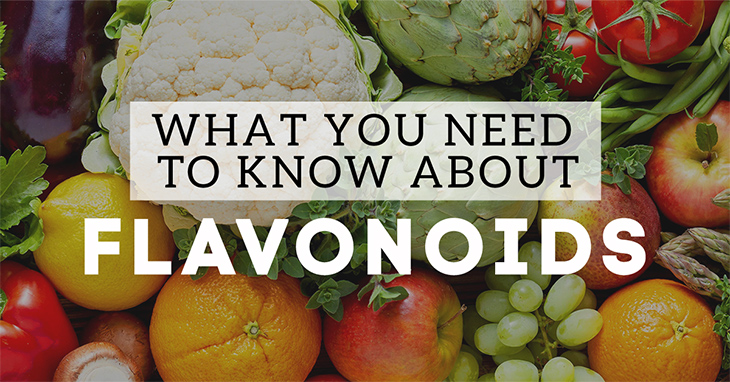
Are you looking for natural ways to build up your health?
One way to do so is by adding more colour to your diet.
In last week’s wellness article, we discussed carotenoids, a type of phytonutrient found in bright red, yellow, and orange-hued fruits and vegetables that help protect your eyes.
Phytonutrients are natural chemicals in plants that provide additional health benefits when consumed. Some give plants different colours and protect them from germs, fungi, bugs, or other threats.
This week, we’re focusing on a broad category of phytonutrients, the flavonoids.
What Are Flavonoids?
Flavonoids are part of the polyphenol class of phytonutrients. They are powerful, water-soluble plant nutrients that provide antioxidant and anti-inflammatory activity.
According to the Global Healing Center, polyphenols have historically been used in Chinese and Ayurvedic medicine, and they are associated with skin protection, brain function, and blood sugar and blood pressure regulation.
Unfortunately, few diets provide these important phytonutrients in significant quantities. Since flavonoids are often found in seeds, rinds, and skins, they are likely to get tossed away during
food preparation.
Even if you include many fruits and vegetables in your diet, up to 80% of some flavonoids can be lost in the cooking process.
An excellent way to tell if your food is losing nutrients is by its colour; if its typically vivid colours fade while being boiled or cooked, your food is losing some of its phytonutrients.
6 Classes of Flavonoids and Where to Get Them
1. Anthocyanidins
These can be found in red, blue, and purple berries, red and purple grapes; and red wine.
i
2. Flavan-3-oils
Teas (mainly white, green, and oolong), cocoa-based products, grapes, berries, and apples contain this type of flavonoid.
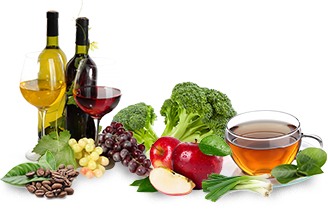
3. Flavonols
You can get this flavonoid from onions, scallions, kale, broccoli, apples, berries, and teas.
4. Flavones
Spicing your meals with parsley, thyme, celery, and hot peppers will give you flavones.
5. Flavanones
Citrus fruit and juices like oranges, grapefruits, and lemons are rich sources of flavanones.
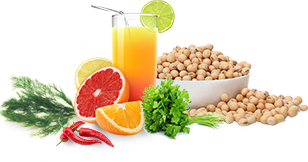
6. Isoflavones
Soybeans, soy foods, and legumes contain isoflavones.
Potential Benefits of Flavonoids
1. Cancer prevention
Although more research is needed, a large study published in 2003 in the British Journal of Cancer found that women with higher levels of flavone intake were at a lower risk for developing breast cancer.
2. Neurodegenerative disease prevention
Inflammation and oxidative stress are associated with several neurodegenerative diseases, including Parkinson’s disease and Alzheimer’s disease. Flavonoids have anti-inflammatory and antioxidant effects that may help prevent these.
3. Cardiovascular disease prevention
Several studies have found an association between higher flavonoid intake levels and lower cardiovascular disease risk across various groups, including postmenopausal women, male smokers, and middle-aged men and women.
4. Alleviates allergies
A flavonoid called quercetin can help alleviate eczema, sinusitis, and hay fever. In addition, some clinical trials in patients with allergic asthma or rhinitis offer promising results about these natural compounds.
More research is needed, but studies such as these suggest why plant-based diets are associated with healthy ageing.
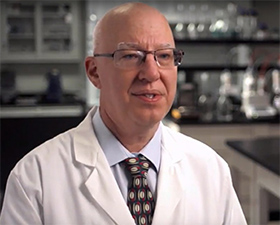
Dr. Daggy says: “Unlike the vitamins and minerals we consume from our diet, phytonutrients are not considered essential nutrients. They have no Recommended Dietary Allowance (RDA) or Adequate Intake (AI).
But that doesn’t mean there is no evidence that phytonutrients are essential to human health! As we previously showed for carotenoids, a few of the hundreds of carotenoids are very important for protecting eye health.
Perhaps someday, that will be acknowledged in the Nutrition Facts box of your food. Until then, you must understand their significance and act accordingly.”
Please feel free to leave a comment.
Have a great week,
Gaetane
www.gaetaneferland.com
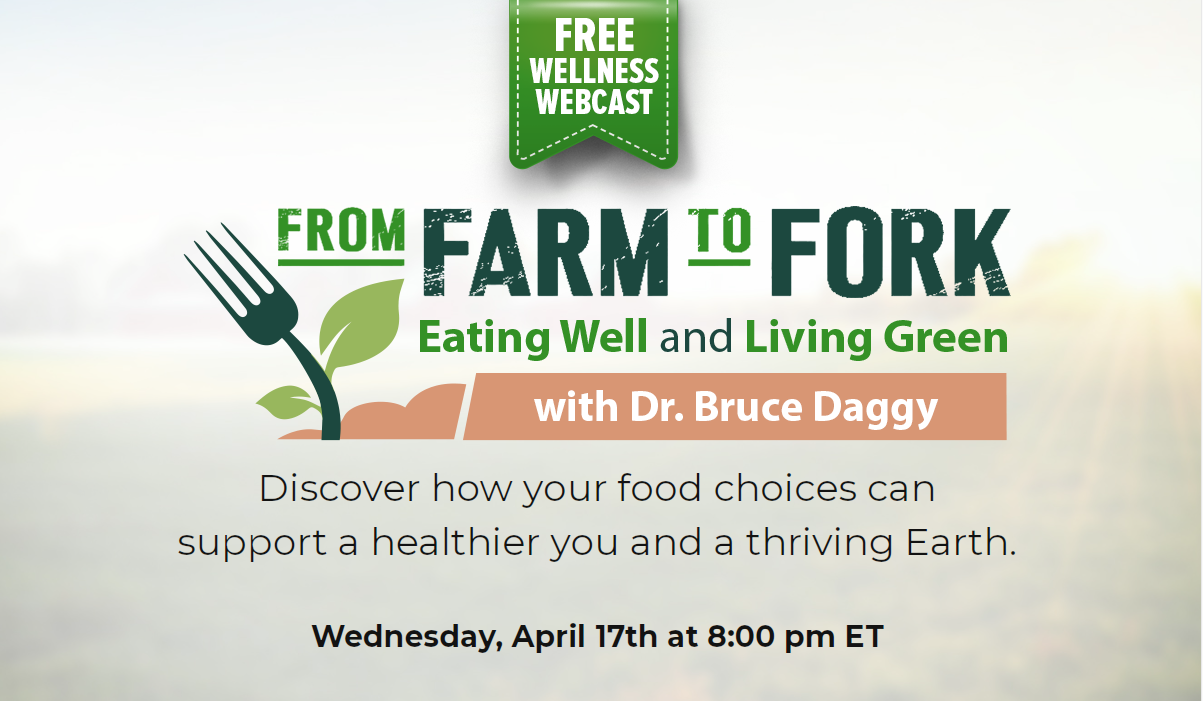
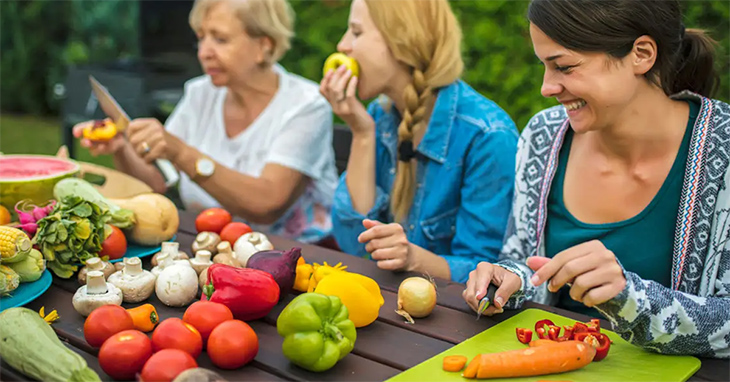
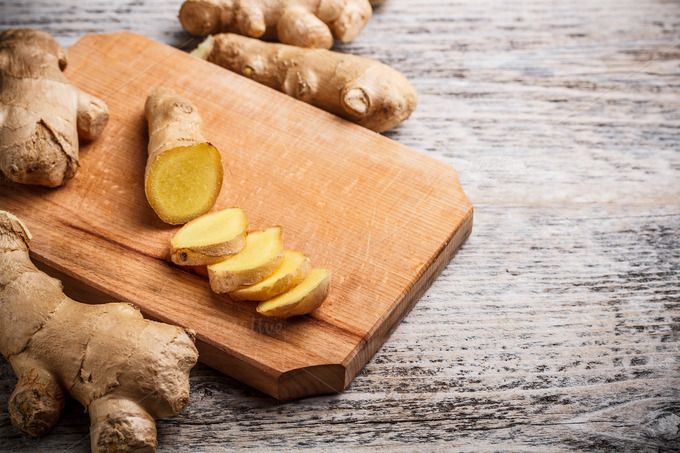
Facebook Comments